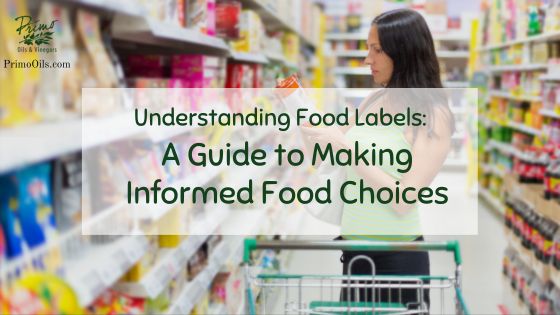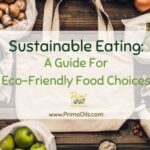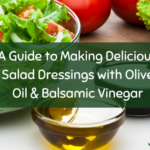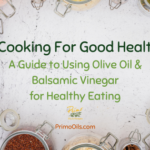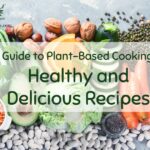Picture this — you’re strolling through the aisles of your favorite grocery store, surrounded by an abundance of choices. As you reach for that bottle of balsamic vinegar or select a jar of spaghetti sauce, there’s a sense of satisfaction in knowing you’re making the right nutrition choices for your family.
For a person, who’s refined in your tastes and desires gourmet products, the journey through food labels is not just a necessity but a celebration of informed decision-making. “I wonder if I’m giving my family and myself the right nutrition? You wonder as you stare at the food label. Well, let us be one step ahead to be truly informed about what everything means.
Navigating the intricate world of food labels can be a challenge, but fear not. Welcome to your understanding food labels guide, where we’ll enhance your top-tier knowledge on what to look for without the confusion of deciphering lengthy ingredient lists. Let’s empower you to make informed food choices!
Navigating Nutritional Information
Understanding the components of a typical food label is the first step. From nutrition facts to ingredient lists, it’s crucial to decode the fine print. For instance, did you know that the sweetness in balsamic vinegar is intrinsic to the grape, with only 3 grams of carbohydrates and 10 calories per TPBS and no added sugar, making it low glycemic and suitable for diabetics?
Reading the fine print involves interpreting:
- Nutrients — The label will list some of the key nutrients you’ll get from the product
- What you’ll want less of, saturated fat, sodium, and added sugar
- Serving sizes — The “number of servings in the package (servings per container) and the serving size”
- Calories — How much energy you’ll get from the food
- Daily values — Shows the percentage of your daily nutrients per day
The thing is, serving size awareness is key — it’s not a recommendation but a reflection of what people typically consume. For example, if a serving of lasagna equals 1 cup, consuming two cups means doubling the nutrient and calorie amounts. It’s a simple but impactful consideration.
For more information on how to understand the nutritional information, please visit the FDAs website.
The Problems with Food Labels
It would be great to go to the grocery store knowing that every product is true to their word (or label). But Label confusion is widespread.
In other words, we can be misled by the tactics of food companies that can leave consumers perplexed. And being one step ahead of these marketing tricks will shed light on how products may appear healthier than they are. It’s an opportunity to bust myths and humorously admit that you may have misconceptions about food labels.
Unpacking common claims
Here’s a list of 5 common misconceptions about food and nutrition, combining insights from Munchery and Food Network:
-
The “Natural” Trap:
- Misconception: Assuming that a label claiming “natural” equates to healthy.
- Truth: The term “natural” lacks strict regulation and can be found on a variety of products. It’s crucial to ignore this buzzword and focus on reading ingredients and nutritional information for a genuine understanding of the product’s health value.
-
Exercise = Dietary Freedom?
- Misconception: Believing that regular exercise permits indulgence in high-calorie treats without consequences.
- Truth: While exercise is vital for overall health, the idea of “burning off” unhealthy meals is often impractical. Maintaining a balance between physical activity and calorie intake is crucial for weight management.
-
Water Consumption Rigidity:
- Misconception: Feeling obligated to drink exactly 8 cups of water daily.
- Truth: The 8-cup rule is a guideline, not a strict mandate. Hydration needs vary among individuals, and factors like fruits, vegetables, and other beverages also contribute to overall fluid intake.
-
Organic Everything:
- Misconception: Believing that all food must be organic for a healthy diet.
- Truth: While organic foods have benefits, it’s unnecessary to buy everything organic. Prioritize organic purchases based on the Environmental Working Group’s list of the most contaminated produce (The Dirty Dozen) and consider local, non-certified organic options.
-
Multivitamin Necessity:
- Misconception: Assuming that a daily multivitamin is a must for everyone.
- Truth: Multivitamins aren’t universally necessary. Consider individual dietary needs, existing supplements, or medications, and consult with a healthcare professional or dietitian for personalized advice.
Bonus: When it says “zero sugar” always check the label, in some cases artificial sweeteners are being used. There are chances it can cause side effects such as making you feel sick, giving you headaches, making your teeth hurt, etc.
Remember, understanding these misconceptions is a step toward making informed and healthier choices!
Your Empowered Solution 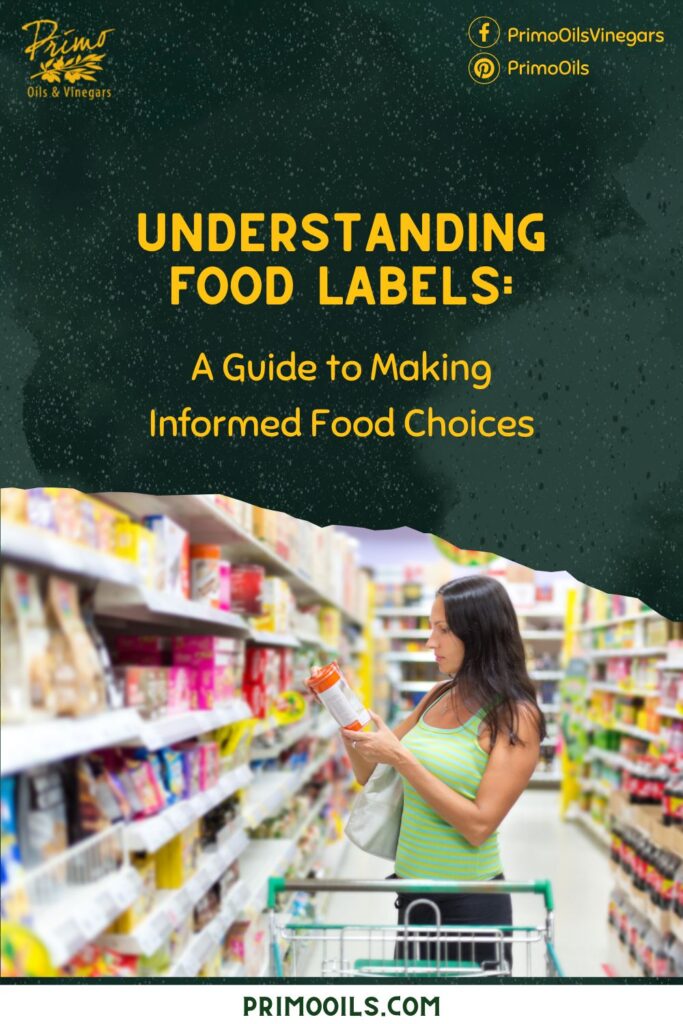
As we age, our nutritional needs evolve. Women over 40, for instance, may find a need to focus more on protein in their diets. Understanding these changing needs is crucial for making tailored food choices.
That’s why it’s important more than ever to navigate these challenges, education is key. By emphasizing the importance of staying informed and seeking accurate information, we empower you to take charge of your nutrition journey. Advocating for the habit of always reading food labels is a foundation of informed decision-making.
A valuable resource we’d love to share with you is “Salt, Acid, Heat, Fat.” Whether through its book, Netflix show, or online store, it offers insights and recipes to enhance your culinary experience. Because making smart choices involves selecting foods higher in dietary fiber, vitamin D, calcium, iron, and potassium, while being mindful of saturated fat, sodium, and added sugars.
And with that, you’re now armed with newfound knowledge and ready to conquer the supermarket with confidence and make informed nutrition choices for your family. Remember, every label tells a story, and you have the power to shape the narrative of your health.
As you embark on your next grocery trip, let this ‘understanding food labels’ guide be your trusted companion. But for ideas on your next meal, download our cookbook to explore & cook a variety of quick and delicious recipes. So you can continue forward towards a healthier and more empowered lifestyle.

